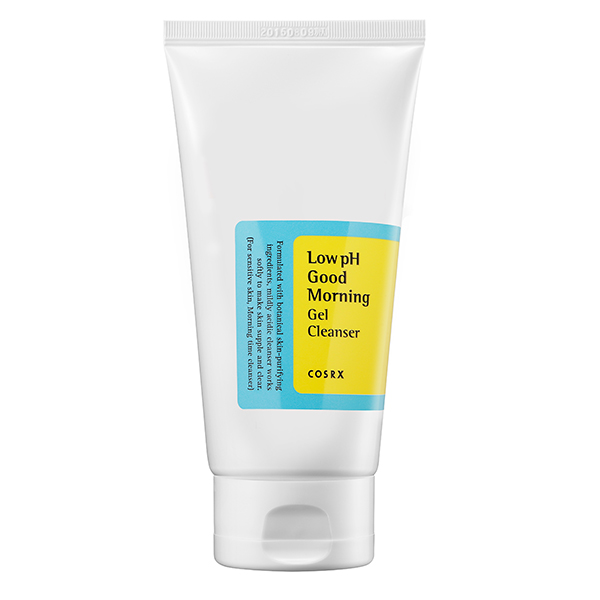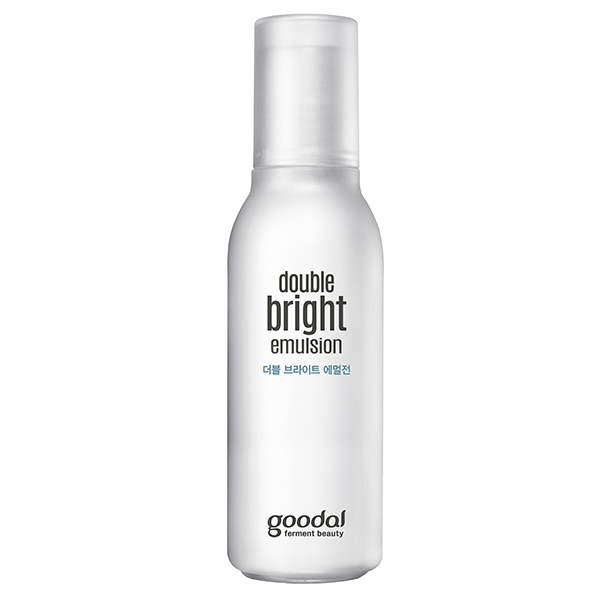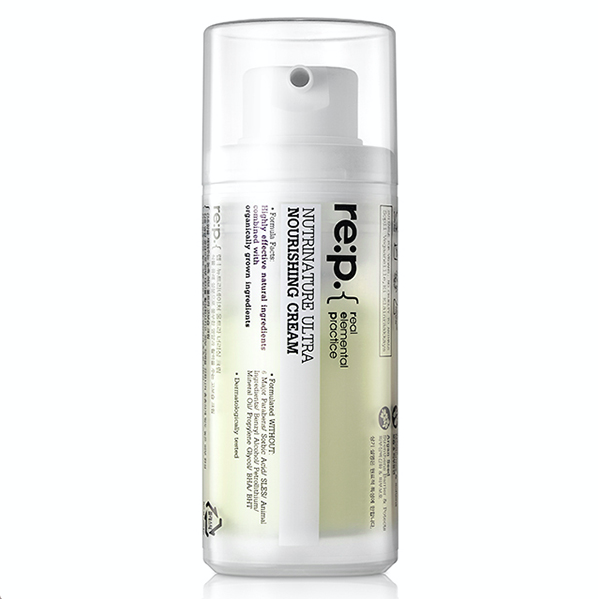Dry and dehydrated skin can feel the same, but this is far from meaning they are the same. Learn how to identify if your skin is dry or dehydrated and the best ways to treat it.
It’s winter and we all know that for the next however many months it lasts, you can pretty much count on being slave to your moisturizer (and sheet masks, and face oils, and hydrating serums… you get it). Those with dry skin types are probably well prepared with their go-to moisturizers but if you’re constantly hitting the bottom of the tub and still feeling tight and stiff in the face, you might be working with dehydrated skin, the thirstier counterpart to dry skin. The tricky part is that both dry and dehydrated skin can feel the same—that is to say flaky, tight, itchy and dull. But if no matter how much moisturizing you do doesn’t seem to be working, your dry skin may actually be dehydrated.
The Big Difference
People are born with their dry skin types, but dehydrated skin can happen to anyone. A dry skin condition indicates that your skin is lazy on sebum production—not such a bad thing since you can always add your oil of choice to your skincare routine, and for many, that’ll do the trick.
Dehydrated skin is caused by a lack of water, not oil, however. So even people with oily skin types can experience dehydrationand breakouts. Dehydration can be triggered by unbalanced diets, lifestyle changes like frequent traveling or poor sleeping habits (and sometimes medications), environmental factors — basically anything that would suck the water content out of your skin.
The Best Products for Each
Either one you’re wrestling with, the goal is pretty much the same. Assuming we all want plump dewy and well-hydrated skin, it’s going to take two different paths to get there depending on whether your skin is dry or dehydrated.
Dry skin types, go easy on using products with drying and irritating ingredients like SLS, alcohol, and fragrance, and keep all those emollients close at hand. A gentle low pH cleanser like COSRX’s Low pH Morning Cleanser and the occasional chemical exfoliant, such as COSRX’s AHA 7 Whitehead Power Liquid, paired with hydrating treatments and a rich moisturizer are a great place to start.
Dehydrated skin is going to take a bit more work since you’ll be working from below sea level, so to speak, with this one. You should definitely be treating your skin the same way you’d pamper dry skin but with some inner work too so you’re not just treating the symptoms—you’re getting to the root of the issue. Obviously, if you aren’t already on it, drink a lot of water, at least 64oz a day. If you’re a coffee junkie, sadly, caffeine being a diuretic and all may be sabotaging all your hydration goals. Get chomping on your essential fatty acids (omegas 6 and 3), think nuts, whole grains, salmon, mackerel, olive oil, avocados, eggs, and dark leafy greens.
Also, it seems counter-intuitive, but try not to go too crazy overloading your face with tons of rich heavy moisturizing treatments from the get-go— especially if your skin type is on the oily side. Dehydrated skin is lacking in water, not oil, so piling on the occlusives can lead to clogged and congested pores… with an empty water reservoir underneath. Reach for humectants like hyaluronic acid, aloe, glycerin, and marine extracts that’ll put water back into your skin before sealing it in with a good moisturizer. Try the Goodal Double Bright Emulsion and Re:P’s Nutrinature Ultra Nourishing Cream. If it had ever crossed your mind to try a sheet mask regimen (like the 7-Day Sheet Mask Challenge), you can expedite your face plumping with some choice masks geared towards mega hydration.
Dry skin seems like such a simple issue to handle until it’s literally skin-deep. If you’re not totally positive if your dry skin has reached dehydrated levels you can always consult a derm or an esthetician, but all the empty tubes of moisturizer taunting your still-tight and dull skin might be an easier giveaway.

















